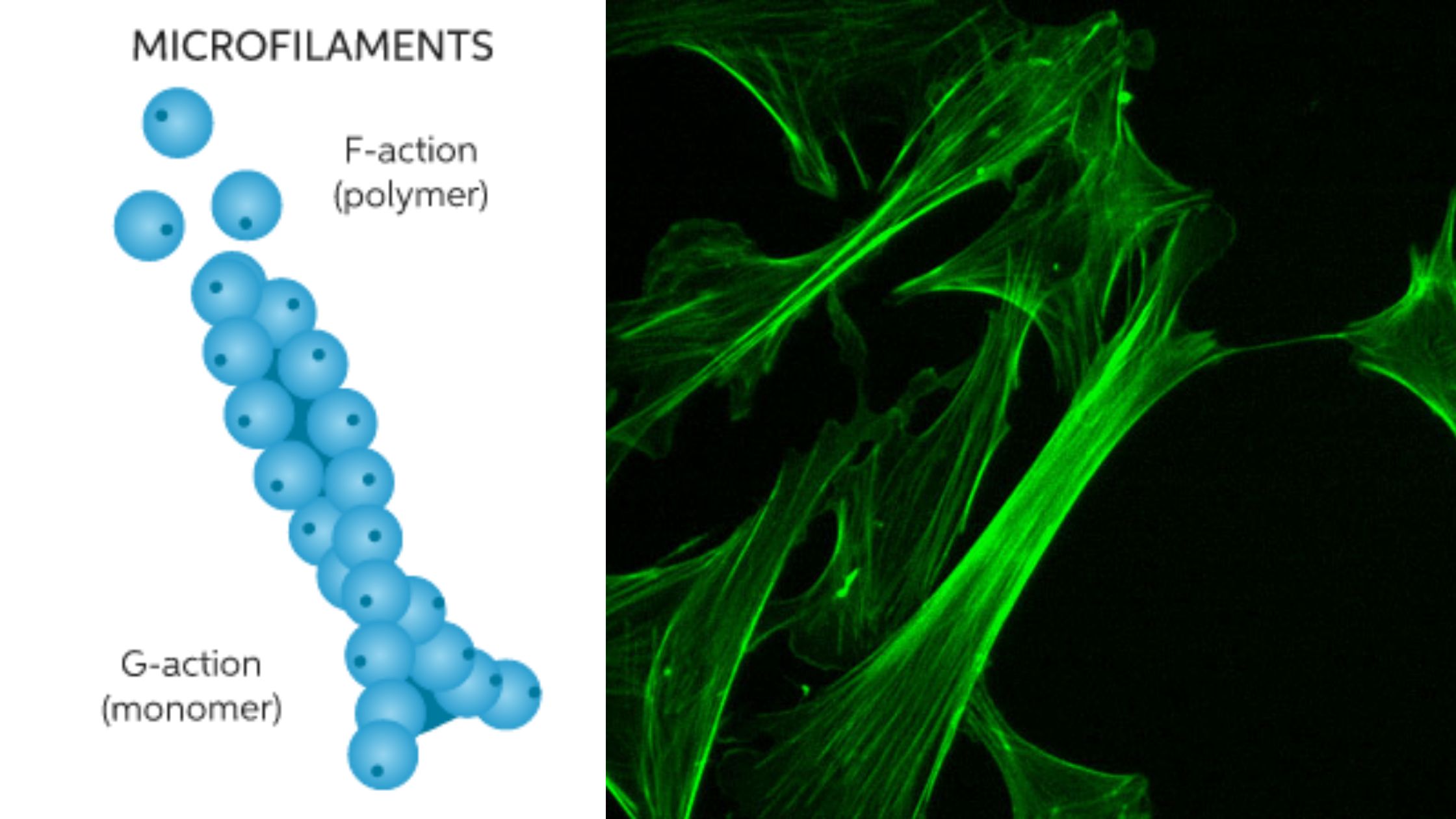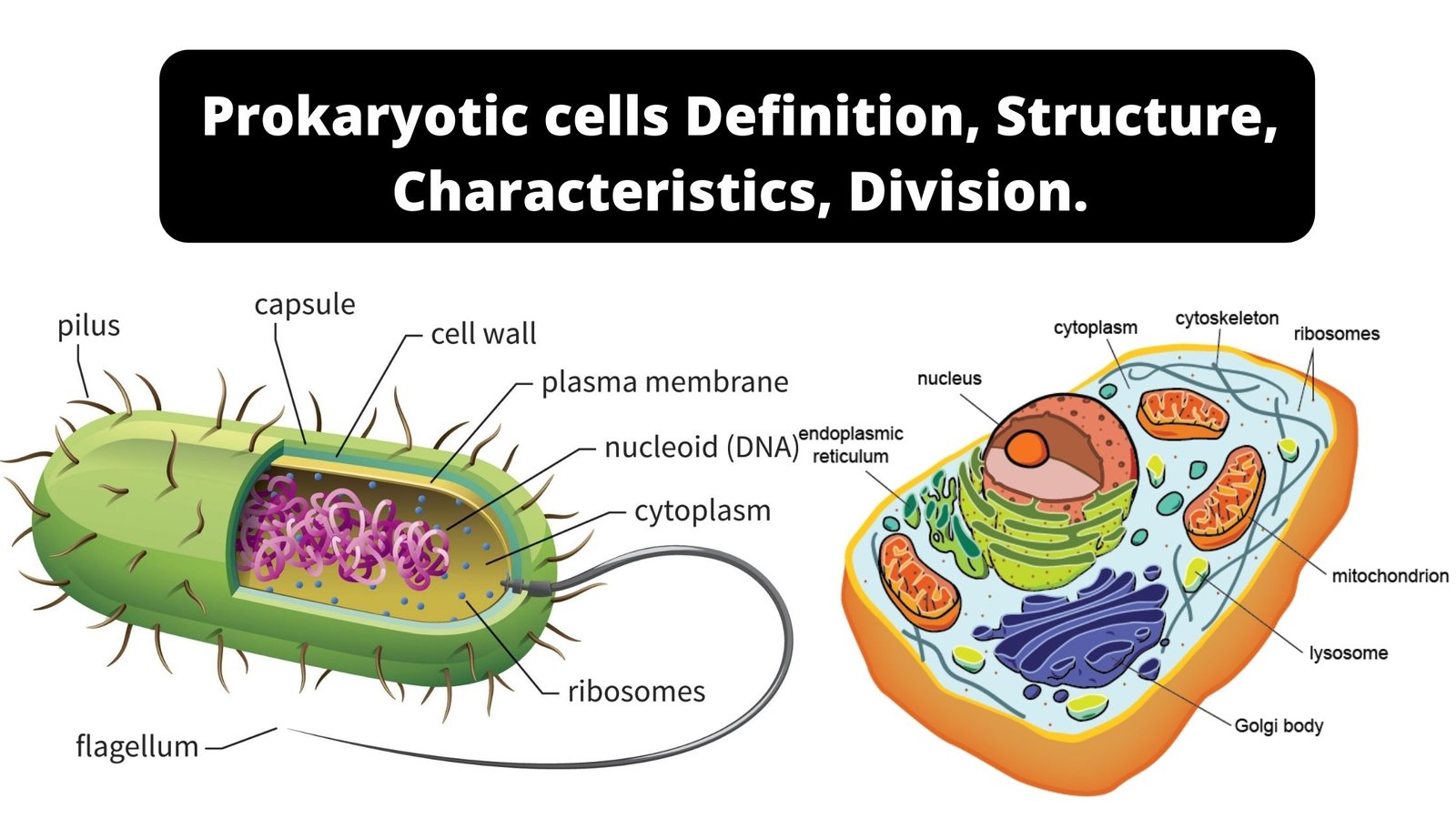Microtubules – Definition, Structure, Functions
Microtubules Definition (What are microtubules?) Occurrence of Microtubules Microtubules Structure Chemical Composition of Microtubules Intracellular Organization of Microtubules Microtubule-Associated Proteins (MAPs) Microtubule Organizing Centres (MTOCs) Assembly and Disassembly of Microtubules Function of Microtubules Microtubules serve multiple purposes in eukaryotic cells, including the following: 1. Mechanical function 2. Morphogenesis 3. Cellular polarity and motility 4. Contraction … Read more









